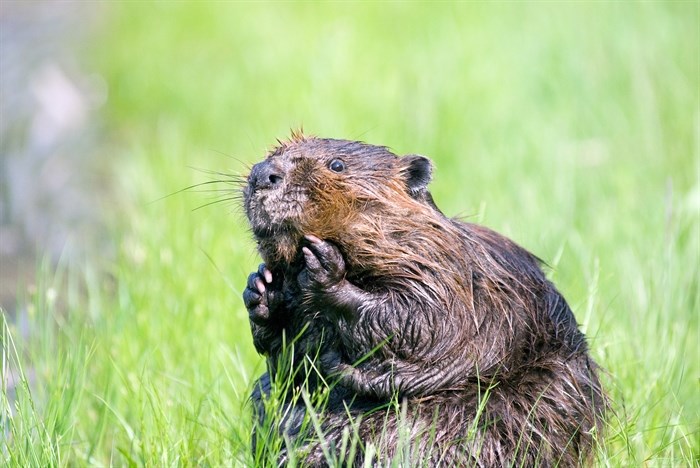
Image Credit: PIXABY
August 14, 2021 - 6:00 AM
The small iconic Canadian mammal known known for chopping down trees may also have a decent set of natural firefighting skills.
By building dams and digging channels, beavers can change small streams into broad wetland areas, keeping plants lush even during a drought, according to a study published by American researchers last year who studied beaver dams and their impacts on wildfires in California, Colorado, Idaho, Oregon and Wyoming.
Green vegetation near beaver ponds is more difficult to burn than nearby dry vegetation and fire’s will often take the path of least resistance, burning through dry vegetation away from the beaver ponds, according to Emily Fairfax, an environmental professor at California State University Channels and lead author of the study.
READ MORE: No significant growth on White Rock Lake wildfire overnight
It’s possible in parts of Canada, and in northeastern areas of B.C., beavers' impact could have a similar effect in dryland ecosystems with relatively open vegetation cover, said Jean Thie, an Ottawa-based landscape ecologist.
In denser forested areas in B.C. the beavers would have little effect and in locations where they is already lush vegetation.
In looking at the beaver dams and ecosystems in Idaho, it’s possible beavers would have impacts on low vegetation density areas in B.C. if they maintained streams like the ones in the study, Thie said.
The lush areas the beavers create serve as a fire break and potentially as a refuge for other animals during a wildfire.
There’s no evidence to suggest beavers in the Okanagan, or in Canada, have currently implemented any effective fire breaks with their beaver dams, but it could be possible in locations where beavers have built dams on small sloped creeks and created larger wetland zones, he said.
In B.C.'s northeast corner, east of the Rockies, he said there are a large number of dams that appear to have created more green vegetation in the area with a higher water level than normal. It also appears that a fire came short of the vegetation zone but would require more study as the moisture in the area could have played a role, he said.
“This is another beautiful example… These trees have more water because of beaver and wetlands too,” Thie said. “Definitely they would be helping to reduce the spread of fire in this area.”
The sheer number of dams in an area would have a more beneficial impact in that landscape as well.
To contact a reporter for this story, email Carli Berry or call 250-864-7494 or email the editor. You can also submit photos, videos or news tips to the newsroom and be entered to win a monthly prize draw.
We welcome your comments and opinions on our stories but play nice. We won't censor or delete comments unless they contain off-topic statements or links, unnecessary vulgarity, false facts, spam or obviously fake profiles. If you have any concerns about what you see in comments, email the editor in the link above.
News from © iNFOnews, 2021